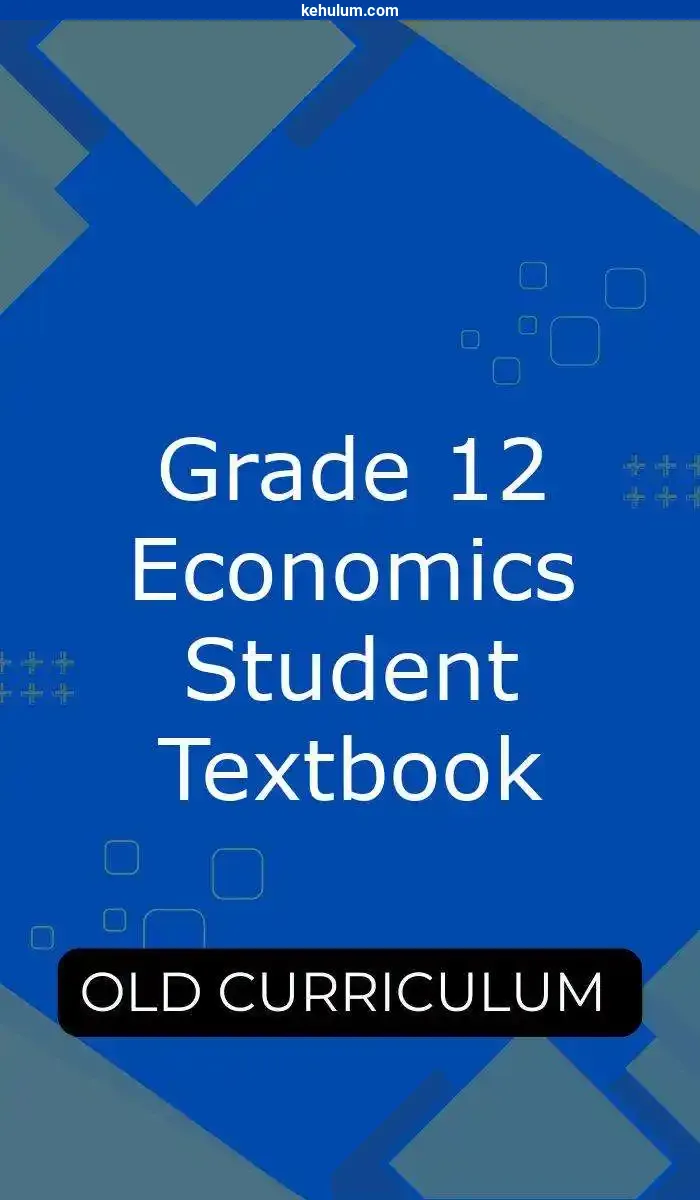Ethiopian Grade 11 Old Curriculum Economics has 10 units. They are:
- Concepts of Economics
- Demand, Supply and Elasticity
- Theory of Consumer Behavior
- Theory of Production and Cost
- Market Structures and the Decision of a Firm
- The Fundamental Concerns of Macroeconomics
- National Income Account
- Consumption, Saving and Investment
- International Trade and Balance of Payments
- Macroeconomic Policy Instruments
Unit 1: Concepts of Economics
Students learn the meaning, scope, and methods of studying economics, resource allocation, economic systems, and the circular flow of economic activity among households, firms, and the government.
Unit 2: Demand, Supply and Elasticity
Explains the theories of demand and supply, market equilibrium, and the concepts of price, income, and cross elasticity of demand, as well as elasticity of supply.
Unit 3: Theory of Consumer Behavior
Covers utility concepts, the cardinal utility theory, and the ordinal utility theory using the indifference curve approach to explain consumer choice and preferences.
Unit 4: Theory of Production and Cost
Discusses production processes, short-run and long-run cost structures, and the relationship between production and cost in economic decision-making.
Unit 5: Market Structures and the Decision of a Firm
Analyzes the characteristics, advantages, and disadvantages of perfectly competitive markets, monopolies, monopolistic competition, and oligopolies.
Unit 6: The Fundamental Concerns of Macroeconomics
Explores major macroeconomic objectives such as economic growth, full employment, price stability, and balance of payments, along with common macroeconomic problems.
Unit 7: National Income Account
Explains GDP measurement methods, other national income indicators, and the relationship between GDP and income distribution within an economy.
Unit 8: Consumption, Saving and Investment
Covers the determinants of consumption and saving, their relationship, and the role of investment in economic growth and development.
Unit 9: International Trade and Balance of Payments
Introduces the principles of trade, the components of the balance of payments, and the determination of foreign exchange rates.
Unit 10: Macroeconomic Policy Instruments
Examines fiscal, monetary, and other macroeconomic policies aimed at influencing output, prices, and employment in the national economy.










